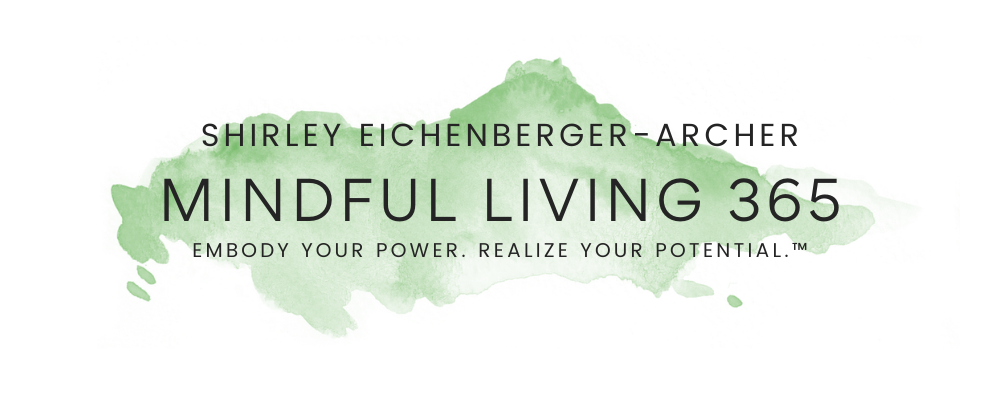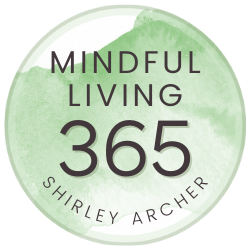DISCOVER YOUR IDEAL DIET BY LOOKING AT YOUR ANCESTRAL ROOTS
EVIDENCE BASED
A common misconception about nutrition is that there is one “perfect diet” that works for every person.
Not only is this false from a scientific perspective, but also it’s false from a practical point of view—not all people are going to want to eat or have access to the same foods.
Another misconception is that consuming “engineered” foods or food supplements is healthier than simply eating a diet that consists of natural, minimally processed, whole foods.
Nutrigenomics: The Relationship Between Genes, Nutrition, and Health
I will share one concept that clarified a lot of questions for me. Nutrigenomics is the study of the relationship between genes, nutrition and health. To simplify, homo sapiens have likely been on the planet about 300,000 years; farming began about 12,000 years ago. It’s only within the last 100 years that we’re able to eat foods from around the world that are not seasonal or locally grown and that are not even produced naturally.
Here’s the concept: prior to modern times, humans adapted to the geographic conditions where they lived. For example, indigenous people from the Arctic survived successfully on an almost entirely meat diet. Their bodies drew nutrients that typically come from fruits and vegetables from the meats they consumed.
In contrast, other indigenous people survived almost totally on grains and root vegetables. Human digestive systems adapted to draw nutrients essential for survival from available foods. Some people lived in food abundant settings like tropical islands, while others were nomadic or lived with harsh winters and experienced long periods of food scarcity and are excellent at fat storage. Human metabolic systems adapted to survive in cold or warm climates (which relates to why some people store fat easily and find it difficult to lose, while others may drop excess gained fat quickly).
Today, we eat foods without relation to locality, seasonality or even natural production. While incredibly flexible, our digestive systems have not evolved in the last 100 years.
We also control the temperatures of our environment; some scientists suggest that we live too “warmly” and do not allow our metabolism to burn the calories that would naturally be used to keep our bodies warm if we lived closer to nature and had exposure to colder temperatures. This may lead to more body fat and even less thermogenic “brown fat”. More on cold therapies in a future post.
If you want to consider what eating pattern may work best for you, try looking at your ancestral roots. If you don’t know what they are, you may want to try a popular ancestry DNA test. Studies show that these results may be imprecise, but offer good estimates.
The Mediterranean Diet
If you cannot identify your ancestral roots to determine what foods may work best for your body, the one eating pattern consistently evaluated by researchers that’s consumed by people who enjoy health and longevity is the Mediterranean pattern.
What the Mediterranean diet shares with other healthy culinary traditions, like the Okinawa or Nordic diet, is that it consists primarily of plant-based foods, whole grains, healthy fats, low to moderate intake of dairy products, moderate alcohol consumption and low intake of red meat and sweets. Trying out this eating pattern can be a good place to start if you want to see what naturally makes you feel healthy.
My Personal Strategy
I often use myself as a case study since I’m bi-racial with a Japanese mom and a predominantly Anglo-Saxon dad. I find I lean more towards a Japanese-styled eating pattern.
Since I’m older, I focus on getting protein in my diet, ideally at every meal as recent research shows we’re limited in the amount of protein that our bodies can use at any one meal. I choose fish, eggs, soy and beans primarily as protein sources. I drink lots of fluids as being adequately hydrated makes a huge difference in how I feel. And, I love Greek olive oil, rice, baby greens, most organic vegetables, fresh herbs, berries, melons, citrus fruits and lots of nuts and seeds.
I stay away from processed foods as I do not feel well after I eat them. Dairy foods do not agree with me either.
Fortunately, I’m not a big fan of sweets so there’s nothing to “give up”. Once a week, I enjoy a fruit tart or fruit cake from the bakery as a treat and I love delicious fresh dark Swiss chocolate! Friends are often surprised that I have bowls of chocolates around my home or platters of cake. But, I’m never tempted to binge. I can eat one piece and easily leave the rest for later.
Most importantly, I express gratitude at every meal for the privilege of having healthy foods and thank nature, as well as the many hands that made that food possible (growers, pickers, packagers, distributors, sellers, delivery people); I practice eating mindfully, enjoying tastes, textures, scents and the beauty of foods. I’m also a notoriously slow eater compared with the average person.
This practice comes from my Japanese mom who said that as a child, her school teachers made her chew each bite 100 times before swallowing to learn how to eat slowly and savor every morsel. Gratitude is also an essential Japanese tradition. The phrase Japanese people say before they eat is “itadakimasu” which connotes being thankful for receiving—food is a gift that many beings make possible for us to receive.
Over the years, I’ve never gained more than 15 pounds since my high school weight (I typically fluctuate about 5-10 pounds above it) except for one time in my life just before I became quite ill with chronic fatigue syndrome and had a phase where I ate out frequently, had high stress and very low joy.
The Bottom Line
Next time you try to determine what the best foods for you are, do two things:
1) look to your ancestors and
2) notice how you feel right after you eat.
Your body will let you know if you’re giving it the right nourishment once you learn to actively listen to its signals.
And remember, diet is only one among several factors like moderate activity, life purpose, relaxation, sense of community, belonging and family, that comprise a healthy lifestyle (learn about the “Blue Zone” studies)!
Visit my YouTube channel to subscribe for more tips. Have you downloaded Your Path to Peace? Go from stressed and anxious to calm and at ease in 5 simple steps.
If this post helped you, please share with friends now, by using the buttons below. Thanks!


